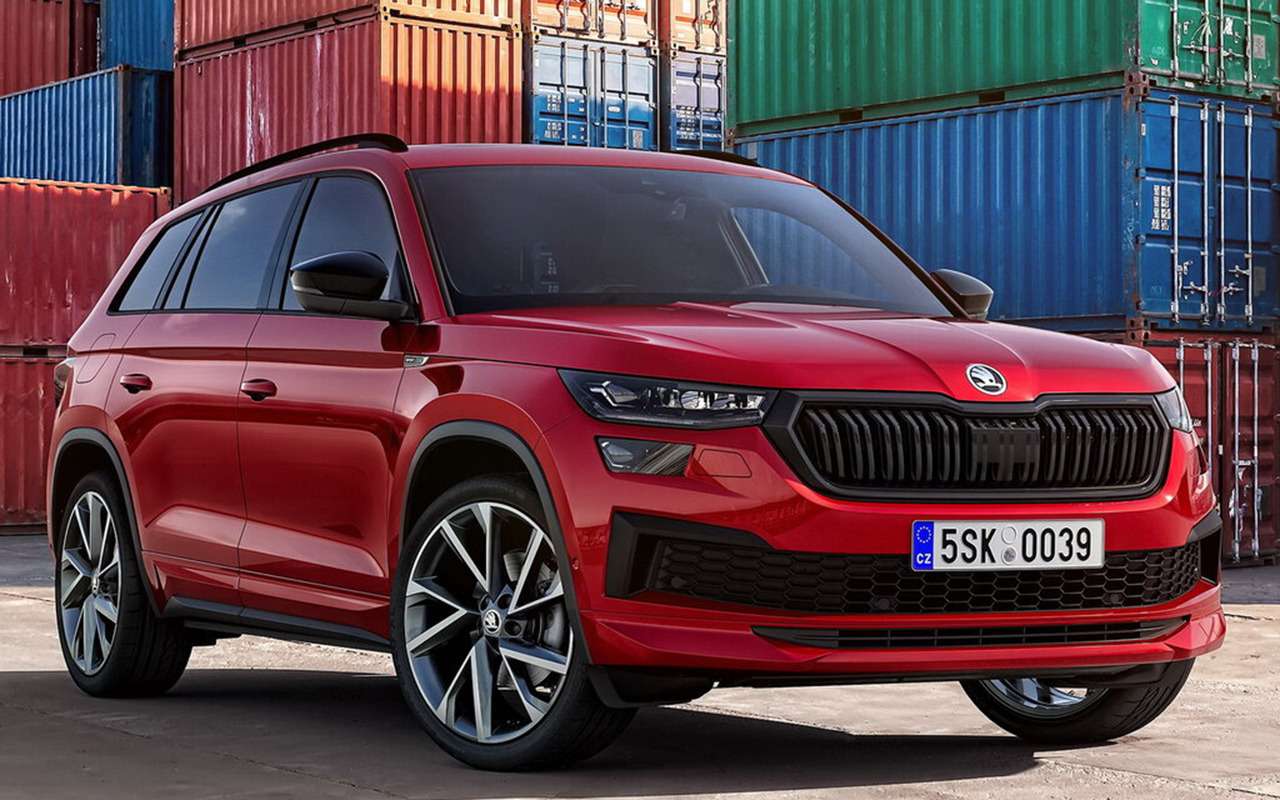These stamps are gone (for how long?)
The GM concern, represented in our country by the Chevrolet and Cadillac brands, was the first to announce the complete withdrawal from Russia. In mid-April, dealers began receiving letters that no car deliveries would take place even if sanctions were lifted, and that the representative office would be dissolved.
With regard to service and warranty support, no clarifications followed. To leave, leaving the owners alone with their (very expensive!) cars, is an unprecedented step. But the intensity of the relationship is such that GM is apparently ready for it.
If GM’s sales in Russia were insignificant, then the Renault brand was firmly integrated into our auto industry. The French transferred their 68% stake in AVTOVAZ to the US, giving them the opportunity to reclaim everything. The amount of the transaction is purely symbolic and the contract includes an option to repurchase the shares within six years.
Owners of new Chevrolets and Cadillacs are at risk of losing warranty support – one of the most important factors in choosing a new car.
Dealers were allowed to work under the same signs for three years, with warranty and service maintenance. Deliveries of spare parts go through AVTOVAZ.
There is some ambiguity about the models. We are talking about the fact that Logan, Sandero and Duster will continue to collect as Lada in Togliatti. French headquarters said Renault cars will not remain in production in Russia in any form. Who to believe is unclear.
Others are with us mentally
Without further details suspended all European brands: Jaguar, Land Rover, Volvo, Audi, Skoda, Volkswagen, Porsche, Citroen, Opel, Peugeot, BMW, Mercedes. Russian factories stopped working at the beginning of spring, there are no import stocks, dealers sell stocks.
There were no further statements on the subject of “leaving or staying” was not. Truth, Volkswagen said the Kaluga plant is most likely not going to work this year. At the same time, the contract meeting in Nizhny Novgorod fell under US sanctions against GAZ and is unlikely to ever resume. And employees will be offered up to six salaries for voluntary layoffs in June.
The Stellantis group (Peugeot, Citroen, Opel, Jeep, Fiat) issued press releases stating that they did not want to close the company. There were also rumors of significant cutbacks at Jaguar Land Rover and Volvo dealers, the magnitude of which indicated they would exit the market. However, there was no official confirmation.

Judging by the political situation, European brands are next on their way out. If this happens, not only for them, but also for us, it will be a significant loss in market volume and range.
Limited work
Japan, like the European Union, supported the sanctions ban on the import of expensive cars worth more than 50,000 euros into Russia. Therefore, today it is formally impossible to supply almost all models of Infiniti and Lexus.
Formally, because the customs officials themselves still do not understand exactly how the restrictions work. For example, they do not apply to transactions with private individuals, but difficulties still arise.
South Korea has not imposed any sanctions on cars at all. In general, the situation is the same as with European brands: Russian factories are shut down, cars are not delivered, dealers live on stock.

Admittedly, there is an important difference. The sanctions pressure on the massive automotive sector from Japan is much lower, from Korea it is completely absent. None of the brands announced the cessation of operations in Russia. Work is progressing as circumstances permit. It is very likely that the supply and production of cars will resume as soon as possible.
In normal mode
Chinese brands continue to work hard in Russia and produce new products. With just one caveat, they also suffered a lot from the supply chain break. Now it has become more difficult to supply cars to our country.

In addition, the shortage of microchips continues. And in China there was another strong outbreak of the corona virus last spring, which caused factories to become inactive. Therefore, they are now physically unable to saturate the market with the necessary number of cars.
Therefore, it is the Chinese auto industry that will become our main import in the current situation.
There are preconditions for this.
- “Driving” can also be read on Viber.
The car industry has been living in uncertain circumstances for the fourth month and has even stopped. The position of most brands is as follows: they don’t want to stop doing business in our country, but they can’t continue it (yet!).



